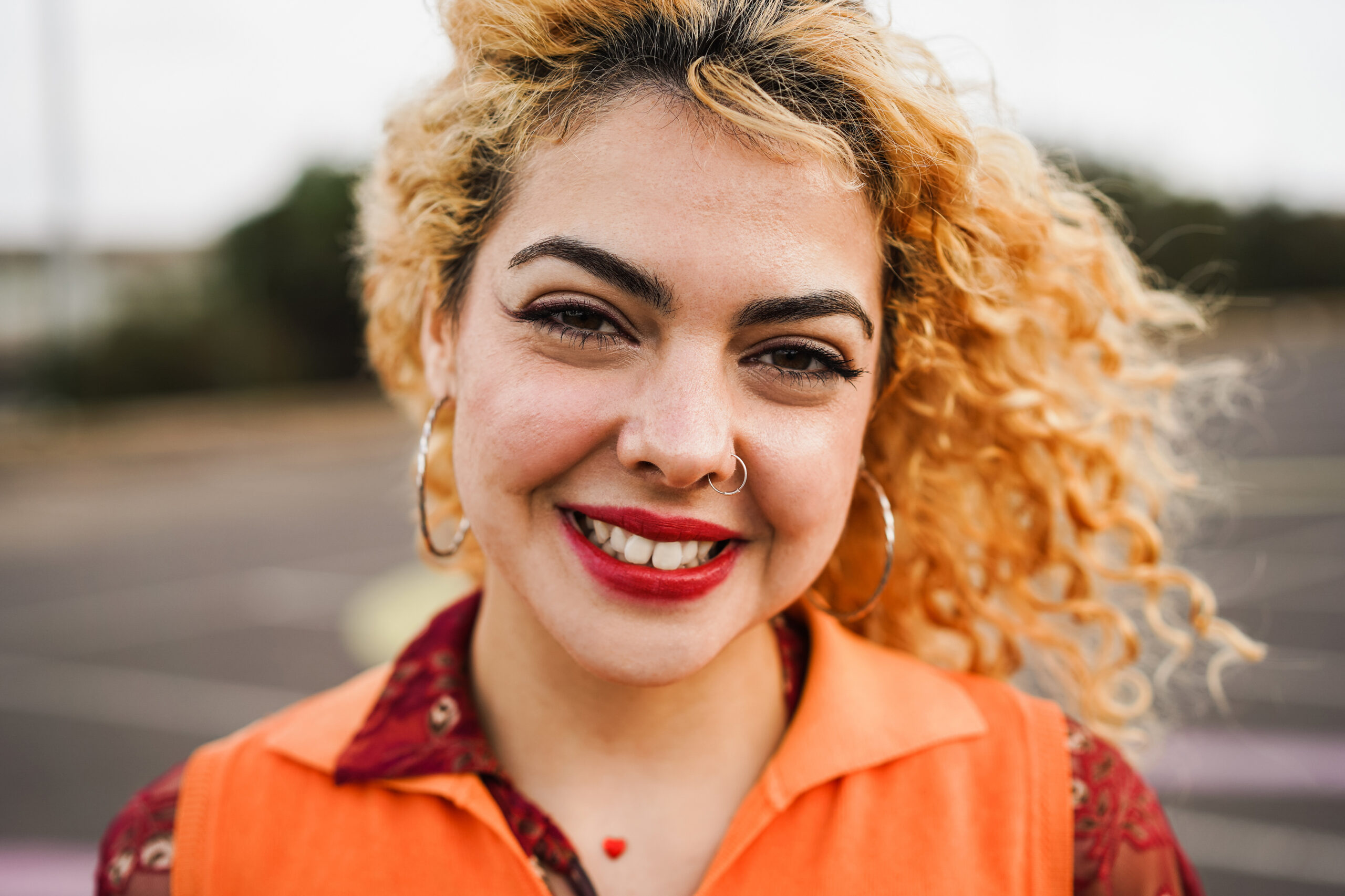I want to share with you a practice that holds a special place in my heart. It’s a tender yet powerful way to befriend and care for yourself during those moments when you’re triggered, struggling, or simply in need of some grounding and self-care. It’s a compass for those moments when something in your life, your relationships, or your surroundings triggers you. I affectionately call this practice precisely what it entails: ‘” Hear You. I See You. I Feel You. I Love You.”
Recognizing Triggers as the First Step to Inner Befriending
Recognizing your triggers is the first step in finding your inner calm and having more choices in how you respond to life’s challenges. This journey is familiar to many: a feeling of discomfort, familiar sensations, and beliefs that stir within when a trigger arises. Often, this inner turmoil manifests as physical discomfort: a hard knot in your stomach, your heart racing, or waves of uncomfortable sensations that feel all-encompassing. These physical responses are often intertwined with intense emotions like grief, anger, or rage. You might also experience anxiety and panic, feelings of helplessness, or even numbness.
Your inner critic might amplify these feelings, telling you you’re inadequate, unworthy, or that you should just give up. An old belief about the world could also surface, suggesting that you’re alone, that you can’t trust anyone, and life is inherently hostile. These emotional triggers and beliefs can leave you feeling not only exhausted and overwhelmed but also isolated and disconnected.
These emotional and physical responses are normal reactions to your triggers. They may originate from past traumas, the stresses and anxieties of the present, or deep-seated attachment wounds. Most often, they reflect parts of you that, at the core, are seeking understanding, love, and connection.
The “I Hear You. I See You. I Feel You. I Love You” practice offers a pathway to compassionately work with these parts of you. By embracing this method, you can gently address these responses and transform them into opportunities for growth and healing. It’s a way to meet yourself where you are, to listen deeply, and to offer the care and understanding that every part of you deserves.

The “I Hear You. I See You. I Feel You. I Love You” in Action
Although simple, this practice is immensely powerful. When you encounter these difficult feelings and sensations, try going within. As best possible, ground yourself in the moment and tune inward. With an attitude of curious self-compassion, turn to the triggered part of you and say, ‘I Hear You. I See You. I Feel You. I Love You.’ To break it down further:
I Hear You: Acknowledge and Listen
Take a moment to acknowledge the presence of the triggered part within you.
Cultivate curiosity and openness as if you’re a compassionate listener to a friend in need. Listen attentively to what this scared or hurt part of you wants to express.
Avoid judgment or the urge to immediately fix or change the feelings. Instead, create a safe space for these parts to be heard.
I See You: Recognize and Understand
Dive deeper to recognize the essence of your innocence and the goodness within you. Understand that your inherent goodness exists beyond physical appearance, misguided behaviors, or immediate circumstances. Visualize this inner innocence, like seeing the true nature of a child.
I Feel You: Embrace and Empathize
Embrace the triggered part of yourself with acceptance and kindness. Cultivate empathy by putting yourself in the shoes of this inner aspect.
Offer the same level of understanding and acceptance that you would offer a friend going through a tough time.
I Love You: Affirm and Love
Consciously affirm your love and care for these vulnerable parts within you. Express love as if you’re comforting a loved one who is feeling scared or unloved.
Show genuine affection, understanding that these parts may be longing for love and reassurance. This process of hearing, seeing, feeling, and loving can allow the troubled part of you to relax. It also helps prevent these inner feelings and reactions from taking over, making you respond to challenging situations in a way you later wish you hadn’t. By offering this inner sanctuary of love and understanding, you create a space within yourself where transformation can begin.

.Engaging in this practice empowers you to choose how to respond to triggers in a way that feels more aligned with your authentic self. It’s about recognizing that within you, there’s a source of strength and wisdom that can guide your actions. As you nurture self-compassion and self-understanding through this practice, you gain the ability to navigate life’s challenges with grace and resilience.
Try It Yourself
I invite you to try this practice this week. Notice how it works for you when you feel a trigger rising up. You may discover it to be a powerful tool for relieving discomfort during tough times, especially when those scared parts of you want to react, flee, or fall back on old patterns. Remember, this is a practice. With time and consistent effort, you can cultivate greater self-compassion, nurturing a lifelong relationship with yourself grounded in kindness and acceptance.
If you’d like a guided walkthrough of this practice, I invite you to visit my YouTube channel, where I guide you through “I Hear You. I See You. I Feel You. I Love You.” and help you put it into action.
If you want to know more about self-compassion and self-love, you can browse through the different posts of my blog.

If what you have read so far has caught your attention, and you want to know more, you can contact me here for a free consultation.
References
- American Psychological Association. (n.d.). Trauma. APA. https://www.apa.org/topics/trauma/
- National Institute of Mental Health. (n.d.). Post-Traumatic Stress Disorder. NIMH. https://www.nimh.nih.gov/health/topics/post-traumatic-stress-disorder-ptsd
- Mindful.org. (n.d.). Resources for Mindfulness and Mental Health. Mindful.org. https://www.mindful.org/

